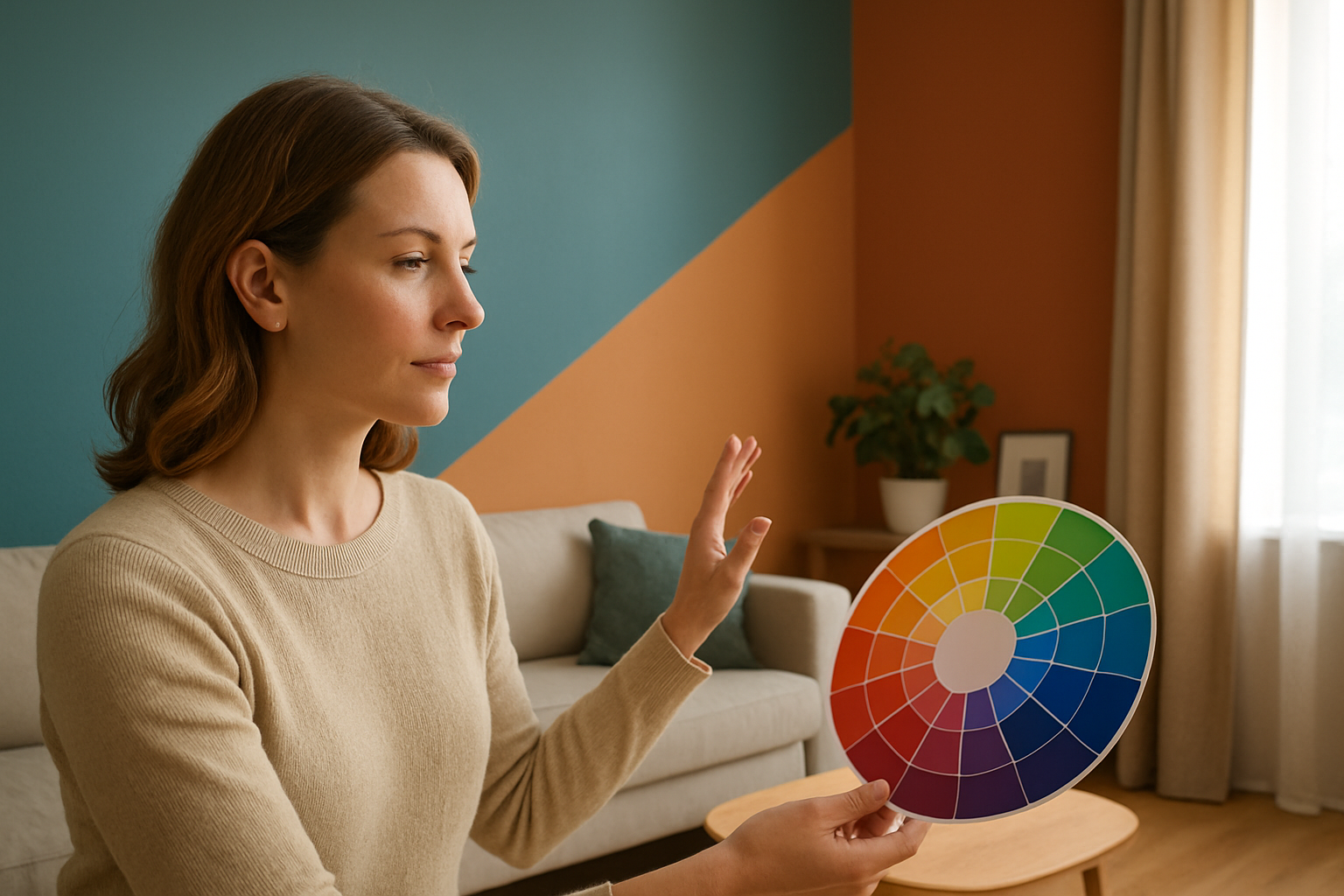Chromatic Feng Shui: Harmonizing Home Energy Through Color Psychology
Imagine stepping into a room where every hue has been carefully chosen to uplift your mood, enhance your focus, and create a sense of balance. This isn't just interior design; it's Chromatic Feng Shui, a cutting-edge approach that combines the ancient Chinese practice of energy flow with modern color psychology. As homeowners seek more intentional living spaces, this innovative technique is gaining traction, offering a fresh perspective on how color can transform not just the look, but the feel of our homes.

The Science Behind the Hues
At the core of Chromatic Feng Shui is the understanding that colors are more than just visual elements; they are energetic frequencies that can influence our physical and emotional states. Research in neuroscience and psychology has shown that color can affect everything from heart rate and blood pressure to cognitive performance and mood. For instance, blue has been found to lower blood pressure and heart rate, promoting calm and focus, while red can increase adrenaline and energy levels.
Mapping the Energy Centers
In Chromatic Feng Shui, the home is divided into nine areas, each corresponding to different aspects of life such as wealth, relationships, and career. These areas, known as bagua in traditional Feng Shui, are then assigned specific colors based on their energetic properties. For example, the wealth corner might feature purple, a color associated with abundance and luxury, while the health area could incorporate green, symbolizing growth and vitality.
Personalizing Your Palette
One of the most innovative aspects of Chromatic Feng Shui is its emphasis on personalization. Unlike traditional Feng Shui, which often prescribes specific colors for certain areas, this modern approach takes into account individual preferences and needs. Practitioners work with clients to create a custom color scheme that not only aligns with Feng Shui principles but also resonates with the homeowner’s personal energy and aesthetic preferences.
Implementing Chromatic Feng Shui
Incorporating Chromatic Feng Shui into your home doesn’t necessarily mean a complete overhaul. Small changes can have significant impacts. Start by identifying the energy centers in your home and consider how color can enhance each area. This might involve painting an accent wall, adding colorful textiles, or incorporating artwork with specific hues. The key is to create a flow of color that supports the energy you want to cultivate in each space.
The Impact on Well-being
Proponents of Chromatic Feng Shui report a range of benefits, from improved sleep and reduced stress to increased productivity and creativity. While scientific studies on this specific practice are limited, the individual elements of color psychology and Feng Shui have been extensively researched. For example, studies have shown that exposure to certain colors can improve cognitive function and emotional well-being, lending credence to the potential benefits of this integrated approach.
Challenges and Considerations
As with any design philosophy, Chromatic Feng Shui has its challenges. Balancing personal taste with Feng Shui principles can be tricky, and not everyone may be comfortable with the idea of their home decor influencing their life energy. Additionally, the effectiveness of Chromatic Feng Shui may vary depending on factors like natural light, room size, and existing architecture. It’s important to approach this practice with an open mind and a willingness to experiment.
The Future of Home Design
As our understanding of the mind-body connection deepens, practices like Chromatic Feng Shui are likely to gain more mainstream acceptance. This approach represents a shift towards more intentional, holistic home design that considers not just aesthetics, but the overall well-being of inhabitants. As we continue to spend more time in our homes, the importance of creating spaces that nurture and energize us becomes increasingly apparent.
Embracing the Spectrum
Chromatic Feng Shui offers a unique lens through which to view our living spaces. It challenges us to think beyond mere visual appeal and consider how our environments can support our goals, improve our mood, and enhance our overall quality of life. Whether you’re a skeptic or a believer, there’s no denying the power of color to transform a space. By thoughtfully incorporating these principles, we have the opportunity to create homes that are not just beautiful, but truly harmonious havens that resonate with our deepest selves.





